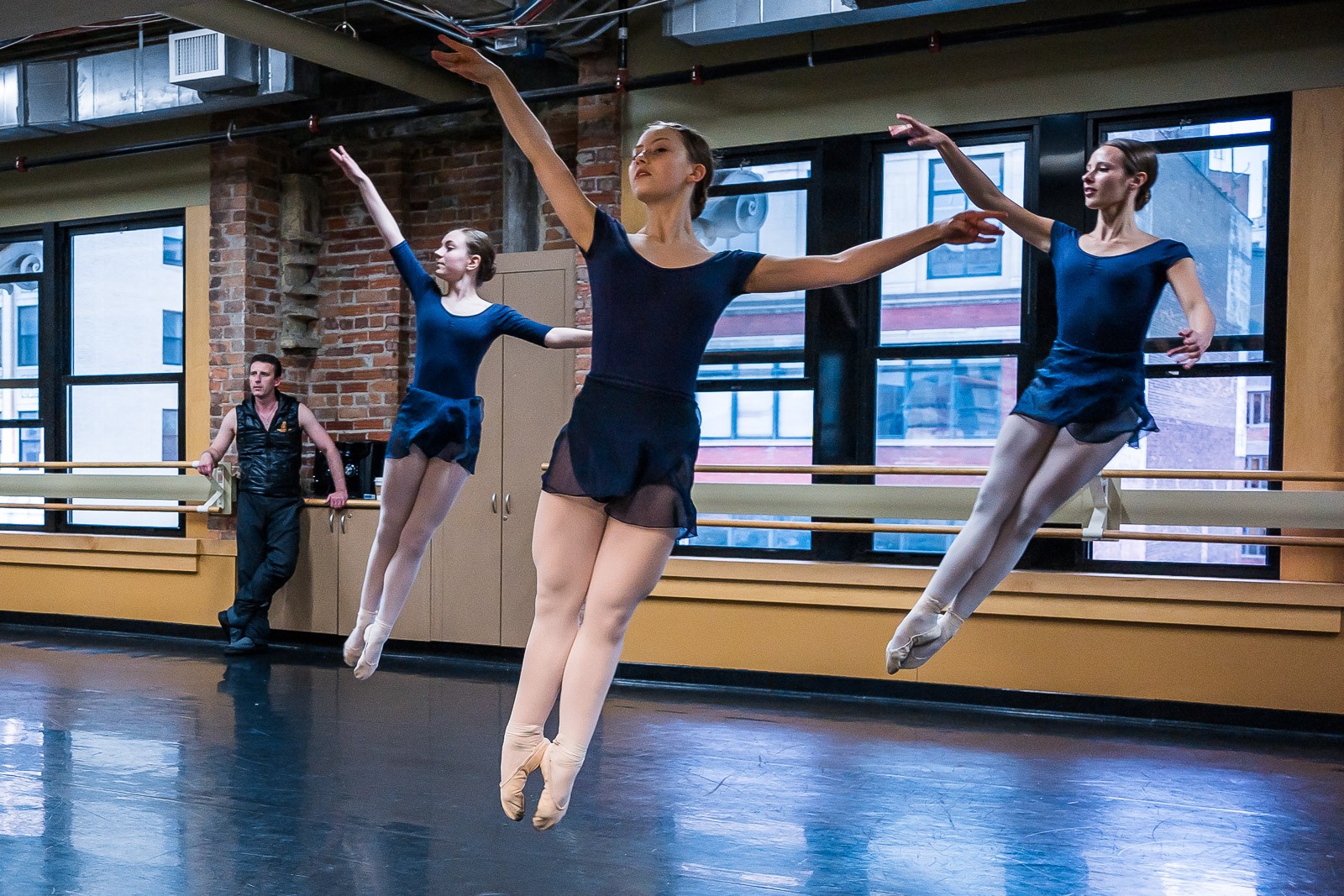As they say, a habit is the second nature. Using Leica M cameras professionally for many years, the only type of photography that I have not done with it was Macro. Everything else, you name it: Editorial, Fashion, Beauty, Advertising, Ballet… Yes, you heard me right, ballet. The real thing with jumps and stuff, contrary to the common belief that “Leica’s archaic manual focusing system is unsuitable for action photography”.
Leica M certainly a conversation piece, especially among photographers. A pretty polarizing conversation piece, I should say. Some are totally sold on it (for very different and sometimes rather unexpected reasons), others maintain that “only rich idiots can buy this useless toy” (every time hearing this, I respond with a question “If they are idiots, how come they are rich?”) and pretty much nothing in between. A conversation with someone who is pro-Leica typically goes like this:
- Hey, nice camera! What is it, Leica? Is it film, or digital?
- Thank you. Yes, digital Leica.
- How do you like it?
- Well, this is my main camera system that I use for work.
- No kidding! Really? But it is manual focus!
- So?
- What do you mean, “so”? You can’t possibly use manual focus for my type of photography, because autofocus is a must in wedding photography (photo journalism, sports, children, etc., etc., just fill in the blank). What do you shoot, landscapes?
- As a matter of fact, I shoot anything, but landscapes. Mostly, ballet.
- ???????
In reality, taking pictures of action focusing manually in many ways simpler and more reliable than doing so with autofocus. The reason is simple: you know exactly what needs to be in focus, and your camera can only guess, and in many cases it guesses wrong. All you need is to learn a technique, which can turn your wish into something as tangible as a correctly focused picture.
The fundamental difference between auto and manual focusing techniques is that the former is largely passive, while the latter is proactive. Let me explain. When using AF, your active role ends with a choice of a focusing mode and perhaps a focusing point in the viewfinder. While you are “actively” tracking the subject, in reality you are committing yourself to a fire-and-forget situation where your success fully depends on whether your camera brain is capable to handle the subject matter under current lighting conditions. Even the modern professional cameras with continuous AF and face tracking, like Sony α99-II and Leica SL can be fooled, especially in a complex scene. With manual focus everything is much, much simpler. You assess a trajectory, mentally extrapolate it into your composition, pre-focus and wait. All you need to know is what is your depth of field, which is not a problem at all, as any Leica M lens has a DOF scale prominently engraved on its barrel. Chances that your subject will not get to the pre-focused point are rather slim, as any physical body has inertia, which keeps its movement relatively steady.
Leica M10-D, Noctilux 1/50 @ f/1.2
For example, to take this photo above, I pre-focused on a piece of white tape on the floor wand waited for the next jump of the Sissonne Ferme. Once I was all set with the focus point, making sure that my timing was right on was just a matter of listening to the music to which the girl was jumping.
You may still be skeptical, as in this example the trajectory was almost parallel to the frame plane. I can assure you that capturing a dancer moving towards the camera is not that much harder. Just make sure that you will not be hurt by very light, yet very fast-moving ballerinas. The same pre-focusing technique was used in the picture below, just my reference mark on the floor ended up outside the frame.

This particular jump, Grand Pas de Chat, has a very useful property (for photographers, anyway): when the jump performed correctly, the dancer “freezes” at the apex of the trajectory, right after the front leg is shot forward. Therefore, if you can estimate where the highest point of the jump will be, you can shoot it even at f/1.4. It can be problematic if you are not familiar with a particular dancer, but once you see her jump a few times, your rate of success will be much higher.
One thing that I would strongly advise you against is to shoot multiple frames per second. Even though Leica M viewfinder does not black out, and you can see the frame at the moment of exposure, firing multiple fps rarely produces good results, as all ballet jumps and moves develop in time, and the pose becomes perfect only for a split second. Even at 10 fps chances of catching the perfect pose are much slimmer than when doing it by timing the shot to the music. Once you learn to use the music as your guide, the number of perfectly timed shots will increase dramatically.
So… All this is to show that working with a manual focus rangefinder camera is no harder and by no means less reliable than with your trusty Canon 5D mark IV, it just requires a different set of skills. Once you learn them, rangefinder photography becomes effortless.
Irakly Shanidze © 2017


You must be logged in to post a comment.